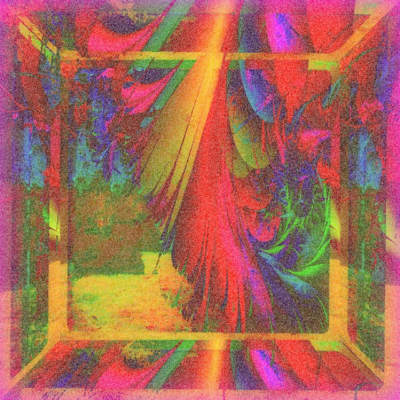This Yom Kippur, I sat in Kol Tzedek synagogue, where the majority of the congregation and the rabbi identify as queer or trans, thinking about how the last day of Sukkot falls on National Coming Out Day this year. Something felt natural about this intersection of celebrations and communities.
It reminds us that regardless of man-made borders, we are all connected, and no safety can come at the expense of someone else’s. I sat in Kol Tzedek listening to Rabbi Ari Lev Fornari speak about how our analysis of anti-semitism has been wrong, as our safety will not come from isolation or nationalism. It will come in the strength of our relationships with our neighbors. The reason the roof of a sukkah is built of things found in nature is to remind us of the larger natural world we are a part of and that we are not impervious to or separate from it. There is a limit on the height of the sukkah, but not the width, so that there is no limit on how many we welcome.
In the time in which we live, there are many groups of people who live in temporary shelters. We are in the middle of a refugee crisis, as well as a time in which climate change and severe weather have been robbing people of their homes. We live in a time in which anyone who has ever been arrested, without even being convicted of a crime, can be denied public housing. We live in a time in which Israel regularly demolishes the houses of Palestinians. I thought about the ways in which we as queer and trans people often come out of our homes, workplaces, schools, and places of worship to live as our authentic selves. I thought about how upwards of 40 percent of all homeless, housing insecure, and youth on the streets are LGBTQ. They have experienced an exodus of their own, and are very literally wandering in the desert, living in temporary shelters.
As I sat in Kol Tzedek, surrounded by my chosen queer and trans Jewish family, I thought about coming out as a search for a home. I thought about the shelter Kol Tzedek provides us, and what draws so many queer and trans people together. The safety we find here is in those around us. I thought about how Kol Tzedek is in itself a sukkah of sorts. It offers a place for queer and trans people to pause to celebrate and express gratitude for how far we have come in our liberation struggles, while remembering how tenuous and precarious our security is, especially in times such as these. Last week, Kol Tzedek’s sukkah was vandalized, but the morning after, local community members helped to repair and restore it. It reminds us that walls do not a community make.
I recalled the very first queer Jewish spaces I entered as I was coming out. These spaces provided shelter and mentors for me as I was wandering. Sometimes a sukkah looks like the Keshet LGBTQ teen shabbaton, where we teach songs so participants can carry a piece of the shabbaton home with them. Sometimes a sukkah looks like a Facebook group, where LGBTQ teens can correspond and stay connected.
Sukkot offers us an opportunity to break down the walls of our traditional gathering spaces, which can be socially and financially inaccessible, and spend time surrounded by our larger community, welcoming our neighbors in to share meals and celebration with us.
So, in a way, Sukkot is a week-long National Coming Out Day, and there are so many ways to celebrate them together. There is a custom during Sukkot to symbolically welcome in one of our ancestors each night, the ushpizin, and to learn the lessons they bring. I can imagine no better way to honor both Sukkot and National Coming Out Day than welcoming in our queer and trans Jewish ancestors and listening to their stories of liberation. This tradition reminds us that Judaism has always transcended not only borders but generations. There is also a commandment to shake the lulav and the etrog together. The lulav and the etrog symbolize the different types of Jews to remind us to welcome in those who are different from us. This Sukkot and National Coming Out Day, I am using these rituals to express gratitude to my queer and trans Jewish predecessors for showing me that the meaning of community has very little to do with where we live and everything to do with the limitless, borderless empathy we offer each other.
Emily Strauss is a senior at Pennsylvania State University.
![6724104149_3cbb558a0a_z | [CC BY 2.0], by garlandcannon, via Creative Commons](https://newvoices.org/wp-content/uploads/2017/10/6724104149_3cbb558a0a_z.jpg)

